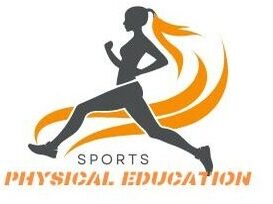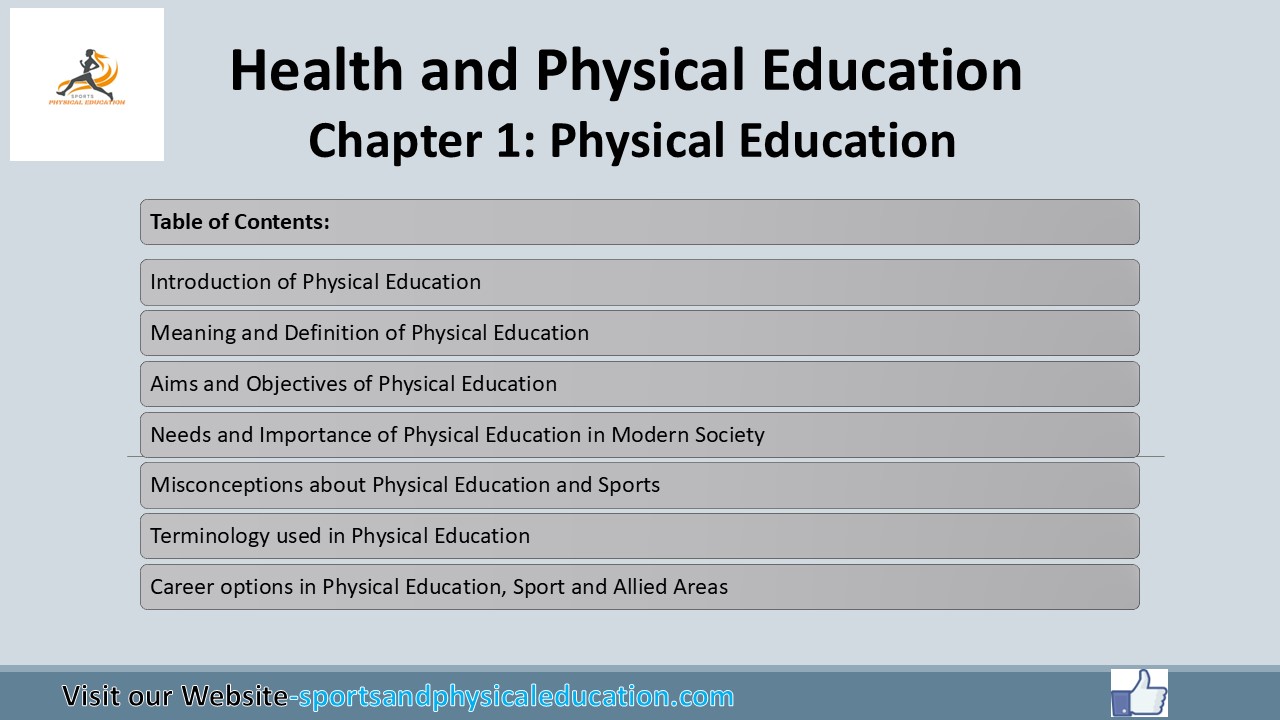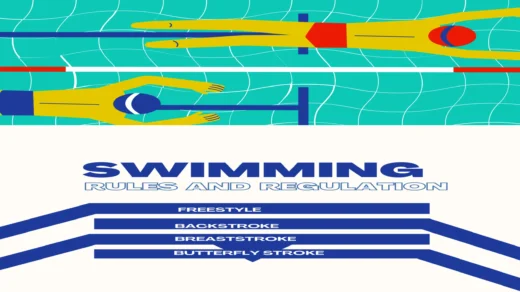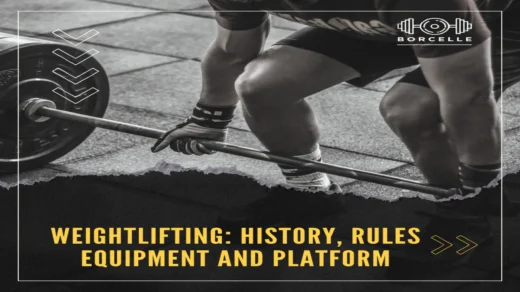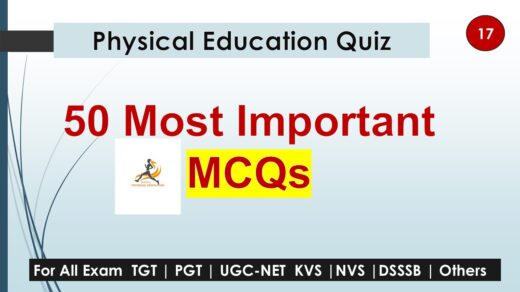The Evolution and Importance of Physical Education
Physical Education (PE) has significantly evolved over the years. Initially, it was primarily about engaging students in basic exercises or games at schools. However, the modern perspective has broadened to include a diverse range of activities for people of all ages, both within and beyond educational settings. In India, the emphasis on physical education gained momentum post-independence, with the government initiating programs to ensure student participation in physical activities. Today, with an increasing focus on fitness and wellness, PE has become an integral part of school curriculums, contributing to the overall health and well-being of students.
Meaning and Definition of physical education
At its core, Physical Education involves improving physical abilities through various activities like walking, running, jumping, and sports. It promotes holistic development, integrating physical, mental, and social growth. Regular engagement in physical activities not only enhances strength, speed, and endurance but also fosters teamwork, empathy, and cooperation. In today’s digital age, physical education remains vital for maintaining physical fitness, mental sharpness, and emotional balance.
Key Definitions:
- National Plan of Physical Education (1956): It emphasizes making children physically, mentally, and emotionally fit, aiming to develop personal and social qualities for a happier life.
- Central Advisory Board of Physical Education and Recreation: Describes physical education as a holistic process focusing on physical activities that help in the complete development of body, mind, and spirit.
- Charles A. Bucher: Defines Physical Education as a comprehensive educational process that develops individuals physically, mentally, emotionally, and socially through selected physical activities.
- The Ministry of Education and National Planning for Physical Education and Recreation, “The aim of physical education must be to make every child physically, mentally and emotionally fit and also to develop in him personal and social qualities that will help to live happily with others. Physical education program should also aim to build good citizens of the country.”
- According to American Alliance for health, physical education, recreation and dance, “Physical Education is education through physical activities which are selected and carried as with regard to value in human growth, development and behavior”.
Aims and Objectives of Physical Education
The primary aim of physical education is to foster the complete development of an individual’s personality. This includes achieving physical, mental, emotional, and social fitness. Here are some core objectives:
- Physical Development: Enhances the size, shape, and function of body organs, contributing to a healthier and more capable body.
- Mental Development: Activities improve concentration, decision-making skills, and overall cognitive abilities.
- Social Development: Encourages qualities like unity, friendship, cooperation, and sportsmanship, essential for social harmony.
- Emotional Development: Helps individuals control their impulses and manage emotions like anger, jealousy, and fear in different situations.
- Motor Development: Focuses on improving coordination between the nervous and muscular systems, enhancing reaction time and speed.
- Moral Development: Instills a sense of honesty, fairness, and respect for rules, contributing to the overall moral growth of individuals.
The Need and Importance of Physical Education in Modern Society
Physical education plays a crucial role in the holistic development of individuals. Here are key aspects highlighting its importance:
- Physical Growth and Fitness: Promotes optimal physical development, ensuring a healthy body capable of contributing to society.
- Intellectual and Emotional Development: Physical activities help in enhancing cognitive functions and emotional well-being.
- Social and Personal Development: Encourages character building, leadership, and the ability to integrate well with others.
- Cultural and National Integration: Through sports and games, individuals learn values that promote national unity and better international understanding.
Common Misconceptions About Physical Education
Despite its importance, there are several misconceptions about physical education, such as:
- It is solely about physical training or participation in sports.
- It only focuses on body-building or performing drills.
- It has limited career prospects and is associated with indiscipline.
- It is seen as a non-academic subject with no intellectual or emotional benefits.
Key Terminology in Physical Education
- Game: An activity involving two or more players with defined objectives, rules, and a competitive element to determine a winner.
- Sports Training: A systematic approach to enhancing athletic performance based on scientific principles, focusing on specific skills and fitness.
- Gymnastics: Includes various exercises, both with and without apparatus, to develop agility, balance, and coordination.
- Recreation: Activities like hiking, dancing, and gardening, which help in regaining energy and relieving stress.
- Physical Culture: In certain countries, Physical Education is often referred to as “physical culture.” This concept aligns with societal beliefs, customs, and the practice of treating the body with care, similar to a sacred temple. It emphasizes the aesthetic development of the body through muscle strengthening and shaping. This is typically achieved through the use of weight-training equipment and high-intensity exercises designed to enhance muscle tone and give the body a well-defined appearance.
- Drill: Drill involves a variety of physical exercises aimed at improving posture, such as standing, walking, and movements related to combat skills. It focuses on disciplining both the body and the mind. In the context of sports and games, drills typically involve the repeated practice of specific activities, often synchronized with beats, music, or verbal commands to enhance coordination and performance.
- Health Education: Health Education encompasses learning about various aspects of well-being, including information on diseases, general health, the importance of rest and sleep, hygiene practices, environmental pollution, and psychosomatic disorders. A healthy individual contributes positively to society, while poor health can become a burden to the community.
Career Opportunities in Physical Education
Physical education offers a range of career paths, including:
- Teaching and Coaching: Roles in schools and sports academies to train the next generation of athletes.
- Fitness Instructor: Guiding individuals on exercises, fitness routines, and overall physical wellness.
- Sports Medicine: Providing medical care and advice to athletes for injury prevention and recovery.
- Sports Administration: Managing sports teams, events, and organizations.
- Sports Journalism and Media: Covering sports events as a reporter, photographer, or commentator.
Conclusion
Physical Education is not just about engaging in sports; it’s about fostering a well-rounded development of the individual, encompassing physical, mental, social, and emotional growth. As society places more emphasis on fitness and wellness, the importance of PE continues to rise, making it a vital part of the educational experience and overall life journey.
